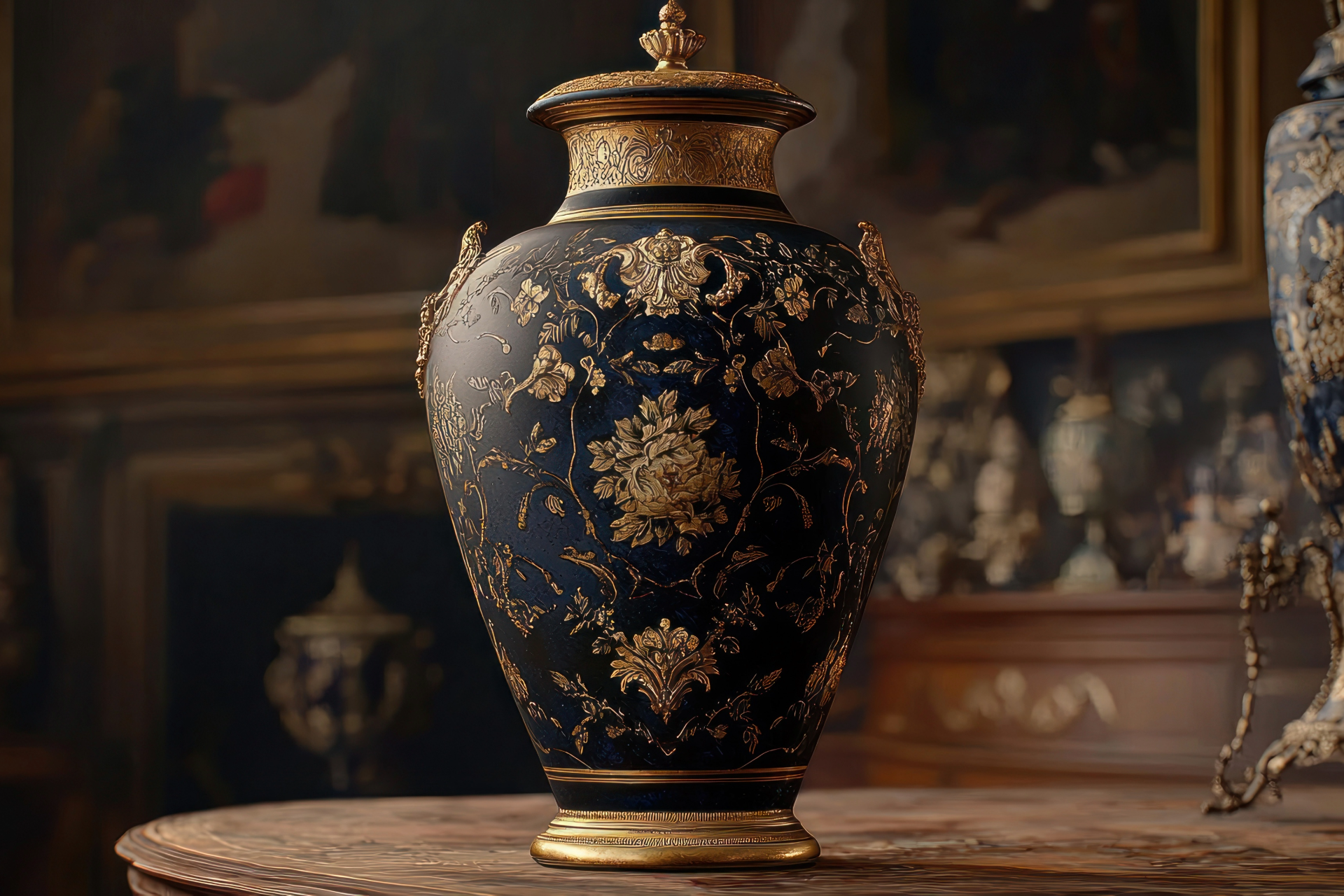Antiques to Art: Must-Have Tips for Effortless FSBO Success
Antiques to Art: How to FSBO Your Collectibles Without Losing Value
Antiques to art can be an exciting journey for collectors and enthusiasts alike. Many people accumulate valuable items over the years, only to find themselves unsure of how to part with them. Selling collectibles can seem daunting; however, with the right strategies and information, you can effectively navigate the process without compromising the value of your items. This article will provide you with the necessary tips and techniques to sell your collectibles effectively and confidently, ultimately maximizing your returns.
Understanding the Value of Your Collectibles
Before deciding to sell, it’s crucial to understand what you own and its potential worth. Conduct thorough research on your items to grasp their provenance, condition, age, and market demand. Various factors contribute to an item’s value, including rarity, historical significance, and craftsmanship.
Researching Your Collectibles: Start by consulting reliable sources, such as valuation guides, auction house estimates, and online marketplaces. Engaging with certified appraisers can provide insights into your collectibles’ value, allowing you to set a realistic selling price.
Preparing Your Items for Sale
Once you have a clear understanding of what you’re selling, the next step is preparing your collectibles. This involves cleaning, restoring (if necessary), and showcasing them in a manner that highlights their features. Here are a few crucial steps:
Cleaning and Restoration
While you should never overclean or restore an antique or collectible to the point of losing originality, mild cleaning can enhance its appeal. Dust and dirt can detract from an item’s visual attractiveness. Use appropriate cleaning methods depending on the material—wood, metal, glass, or fabric—and avoid harsh chemicals that might cause damage.
Professional Photography
High-quality images are essential when it comes to selling collectibles online. Take clear, well-lit photographs from multiple angles. Close-up shots that capture intricate details can significantly enhance your listing’s appeal. If you’re unsure about your photography skills, consider enlisting a professional photographer or using photo-editing software to enhance your images.
Choosing the Right Selling Platform
Finding the right platform to sell your collectibles is another crucial aspect of the process. Several options are available, depending on your specific items and target market:
Online Marketplaces
Platforms like eBay, Etsy, and Craigslist allow you to reach a wide audience. Each of these marketplaces has its own user base, so choose one that aligns with your collectible type—whether it’s vintage items, art, or rare memorabilia.
Social Media
Social media platforms such as Facebook Marketplace and Instagram can also be effective for selling collectibles. By leveraging your network, you can quickly reach potential buyers. Be sure to use relevant hashtags and engage with collectors’ groups to increase visibility.
In-Person Sales
For those who prefer face-to-face interactions, consider participating in local flea markets, antique shows, or organized estate sales. Direct engagement with potential buyers allows you to communicate the stories behind your items, which can disproportionately influence their perceived value.
Effective Communication with Potential Buyers
When selling your collectibles, communication is key. Potential buyers will likely have questions about the items, and addressing these inquiries promptly and courteously can strengthen their interest. Here are some tips for effective communication:
Transparency is Vital
Be honest about the condition and history of your items. If any repairs have been made or if there are signs of wear and tear, disclose this information to avoid misunderstandings. Transparency builds trust and can enhance the likelihood of a successful sale.
Crafting Descriptive Listings
A well-crafted listing that includes detailed descriptions, history, dimensions, and any unique characteristics can significantly influence buyer decisions. Sharing your passion for the item can also connect with potential buyers on a personal level.
Negotiating the Sale
When selling collectibles, negotiate with potential buyers carefully. Many buyers expect to bargain, so be prepared for this. Set a minimum acceptable price ahead of time to ensure you don’t sell your item for less than its worth. Remember, it’s a business transaction, so approach negotiations professionally and respectfully.
Wrapping Up Your Sale
Once you’ve successfully negotiated a price, it’s time to finalize the sale. Ensure that payment methods are secure, and, if shipping, package your item carefully to prevent damage during transit. Tracking information and confirmed delivery can further enhance buyer confidence.
Selling your collectibles doesn’t have to be a stressful endeavor. With careful planning and execution, you can transition your antiques into art and maximize their value seamlessly. By taking the time to research, prepare, and communicate effectively, you’ll be well on your way to a successful FSBO (For Sale By Owner) journey. Each collectible you sell not only enriches your life’s story but also offers another person the chance to appreciate a piece of history. Happy selling!




